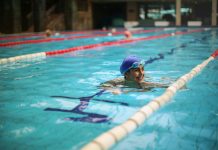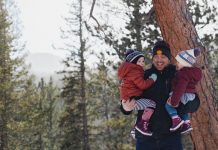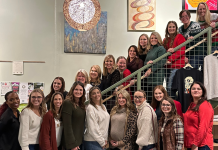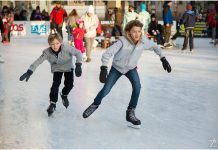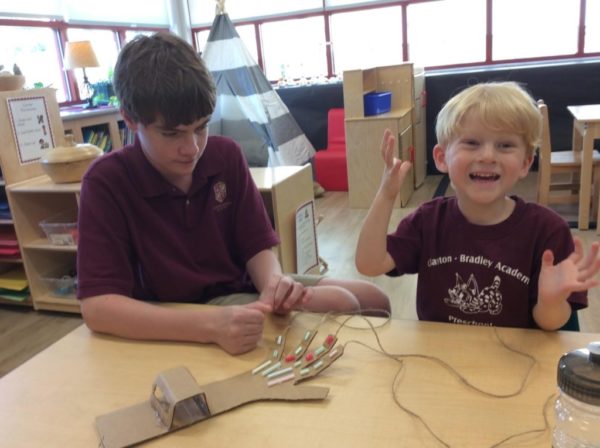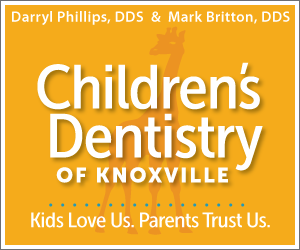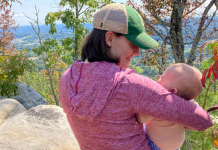Comparing preschool programs can get overwhelming quickly. It can be difficult to prioritize the factors that matter most to you, whether class size, teacher qualifications, cost, location, friend or family recommendations, hands-on opportunities, etc. Brain research can help you determine what to look for when it comes to the instruction and learning environment you choose for your child.
Here are four key takeaways from brain research that provide the foundation for education at Clayton-Bradley Academy.
Intelligence is rooted in experience.
The more experiences students have, the stronger foundation they build for future learning. At Clayton-Bradley Academy, preschool students engage in projects integrating literacy, math, science, and social studies, participate in special area lessons including Spanish, Music, Art, and Physical Education, enjoy “being there” experiences tied to the curriculum, and interact with various age groups through our Bobcat Buddy program, Family Gatherings, and more.
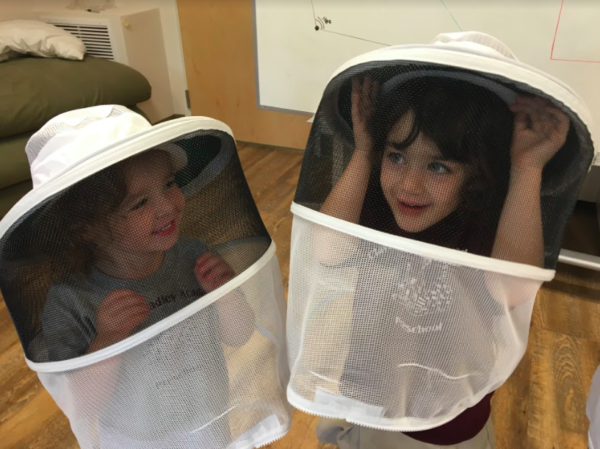
Learning is a partnership between body and brain.
Children’s brains learn best when they feel safe and secure and when their bodies are actively engaged. Look for a learning environment that is not overstimulating, and a program that incorporates movement and play into the daily routine as much as possible. CBA Preschool students learn through movement, music, games, hands-on centers, role play, and free play.
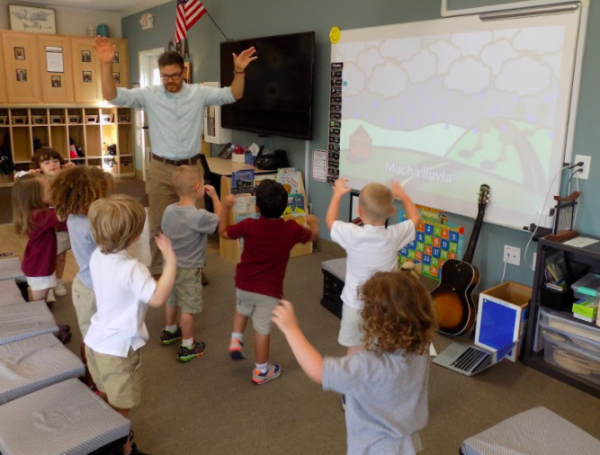
There are multiple intelligences or ways of solving problems.
Each child’s brain is uniquely wired, so students should have multiple ways to engage with new learning and apply it. At CBA, students make choices according to their preferences and move at their own pace, whether with self-help skills, gross and fine motor skills, letter and sound recognition, writing, etc. Class numbers also allow for individualized learning. Each preschool class has an average of 10 students (and maximum of 15) with a full-time teacher and full-time teacher assistant to give as much attention as possible to individual students.
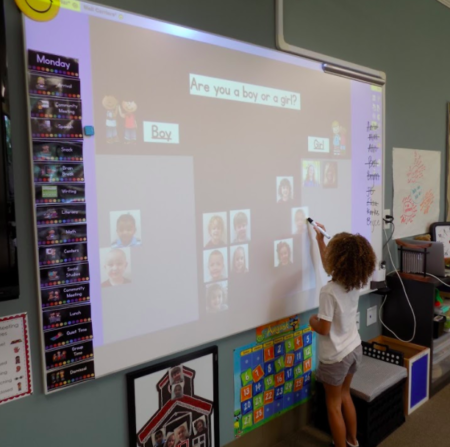
Learning is a two-step process of pattern detection and program building.
Your child’s brain is constantly rewiring itself by creating new pathways and pruning away unused ones. Children need opportunities to explore and discover but also to apply their knowledge and therefore transfer new learning to long-term memory. CBA students begin each new unit with a “being there” experience or exploration (pattern detection) and then move to application or practice (program building). Through this process of pattern detection and program building, our educators ensure students master the skills needed for kindergarten before they graduate from our preschool program.

